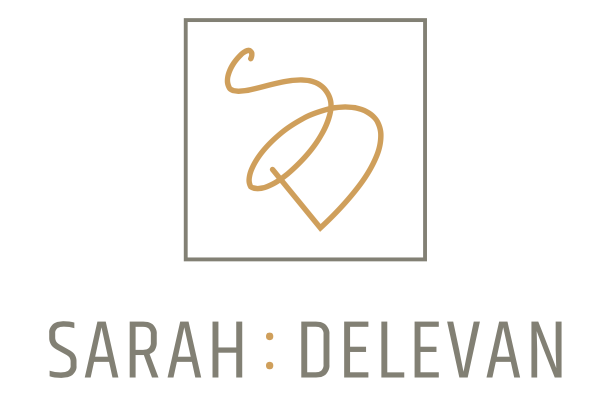reaching your financial goals means getting clear on your business objectives.
Here are 3 Steps for Setting + Reaching Your Business Objectives,
no matter where you are in the life of your business:
Set the “right” Business Objectives
If you’re concerned about setting the right objectives for your business, think back to when you launched.
What did you set out to create?
What did you dream your business would become?
If that’s still a viable goal for your business or your brand, keep at it and set the business objectives that will support your progress in reaching those goals!
If you weren’t really sure what you set out to create with your business, or what you wanted to achieve, spend some time to create a vision for your business that excites you.
Looking at your financials can be helpful in determining the most viable options for your business and can help shape your goals and objectives.Get detailed about the strategies and tactics you’ll implement to reach your objectives.
Once you’ve got your objectives, get detailed in breaking down how you are going to reach them.
Businesses that don’t get this detailed and don’t track their progress over time are more likely to lose focus, and hop around from tactic to tactic, chasing short-term wins rather than a clear path to long-term business success.
Following the chart above, take these steps…
State your business goal
Set 1-3 measurable Business Objectives that will help you reach your goal.
Drill down from your objectives to identify 1-3 strategies for reaching each of your objectives
Then determine the actions you + your team will take and/or the tools you’ll implement to successfully execute those strategies.
Track Your Progress to Ensure Your Success
Once you’ve got your objectives, strategies and tactics identified, it’s important to track your progress.
You can do this within your Profit Plan or create a KPI dashboard (aka spreadsheet).
Be sure to document where your business is now, as well as your target.
Determine how often you’ll track outcomes - daily, weekly or monthly - this will vary among tactics and strategies.
And then stay consistent.
If you’d like support in this process, or in achieving your objectives I invite you to visit our website to view the multiple levels of services we provide to assist you in setting + Achieving your business objectives.
Visit our website to learn more.
AND OF COURSE, THE PROFITABLE FOOD BUSINESS COMMUNITY IS ALWAYS OPEN!
About the Author: Sarah Delevan is a Food Business Financial Coach and Consultant with over 7 years of working in the food industry. She received her MBA from Rollins College and In 2017 she founded Sarah Delevan Consulting based in Los Angeles, CA and serving clients across the United States. She is the creator of the Financial Success Formula and the founder of the Profitable Food Business program. She is also the host of the Good Food CFO Podcast. To learn more about Sarah and opportunities to grow a more profitable food business Click Here.







